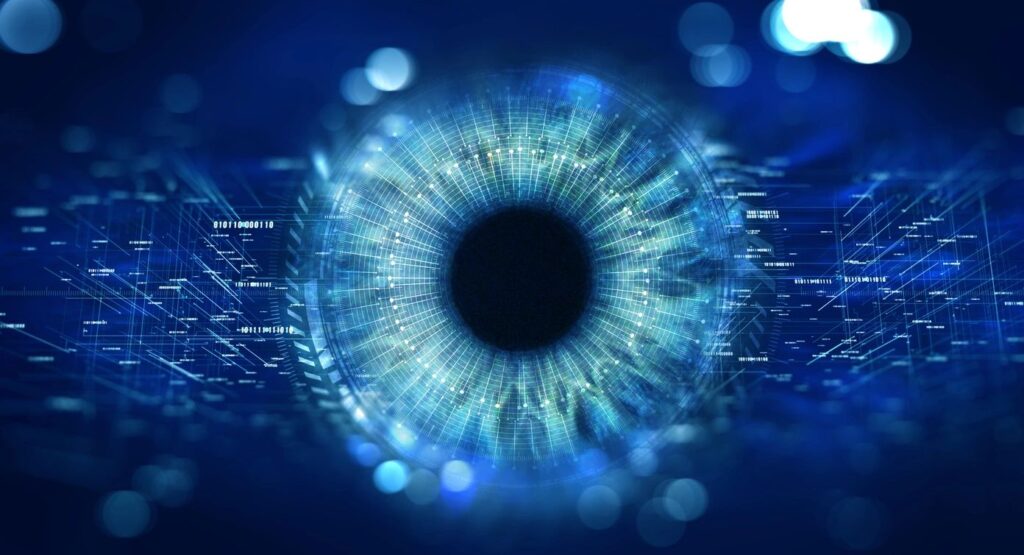
Artificial intelligence (AI) is a term that has gained significant attention in recent years. From self-driving cars to voice assistants, AI is becoming increasingly integrated into our daily lives. But what exactly is AI, and how does it work?
At its core, AI refers to the ability of machines to simulate human intelligence and perform tasks that would typically require human intelligence. It encompasses various techniques and technologies that enable machines to learn from data, reason, make decisions, and interact with the environment. Two essential subfields of AI are machine learning and natural language processing.
Machine learning is a subset of AI that focuses on enabling machines to learn from data without being explicitly programmed. Through algorithms and statistical models, machines can identify patterns and make predictions or decisions based on the provided information. This has led to significant advancements in areas such as image recognition, speech recognition, and recommendation systems.
Natural language processing (NLP) involves teaching machines to understand and interpret human language. NLP enables machines to process and analyze large amounts of text, extract meaning, and generate human-like responses. Applications of NLP range from virtual assistants like Siri and Alexa to language translation services and sentiment analysis.
While AI is undoubtedly impressive, it’s important to note the distinction between narrow and general AI. Narrow AI, also known as weak AI, refers to AI systems designed for specific tasks or domains. These systems excel at their designated functions but lack the broad capabilities of human intelligence. General AI, on the other hand, aims to replicate human-level intelligence across various tasks and domains.
In the real world, AI has found applications in diverse fields. Healthcare benefits from AI through improved medical imaging analysis, disease diagnosis, and drug discovery. Businesses leverage AI for customer service chatbots, personalized marketing campaigns, and fraud detection systems. AI is also transforming industries like finance, manufacturing, and transportation, optimizing processes and driving innovation.
While the potential benefits of AI are vast, there are also challenges to address. Ethical considerations, such as bias in algorithms and data privacy, need careful attention. Additionally, the future impact of AI on employment and societal dynamics raises important questions that require thoughtful exploration.
In conclusion, AI is a rapidly advancing field that holds immense potential to transform our world. Understanding the basics of AI, its subfields, and real-world applications can help us navigate the evolving AI landscape and contribute to informed discussions about its impact on society.








